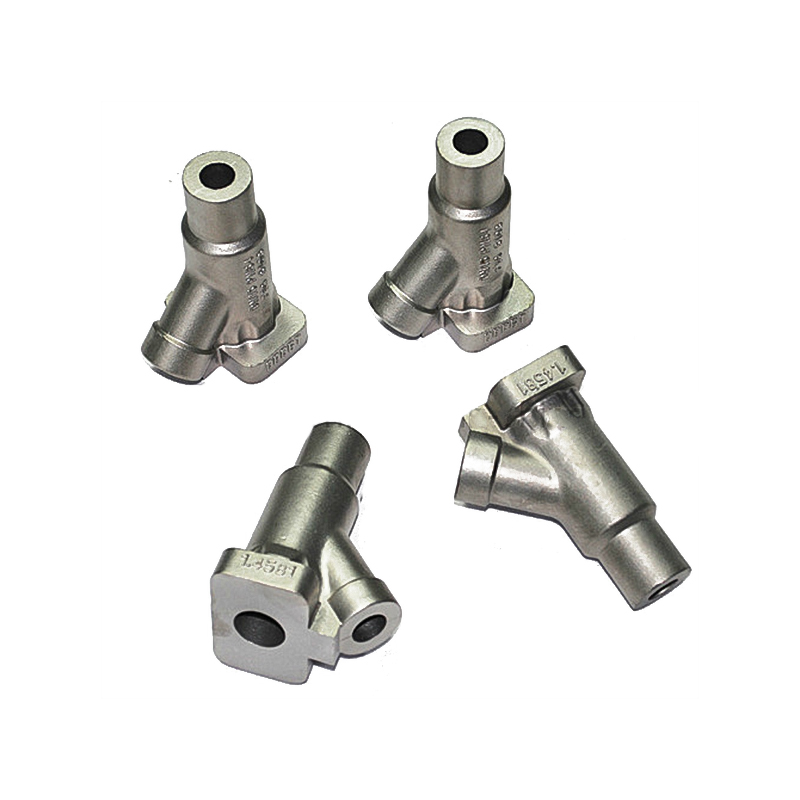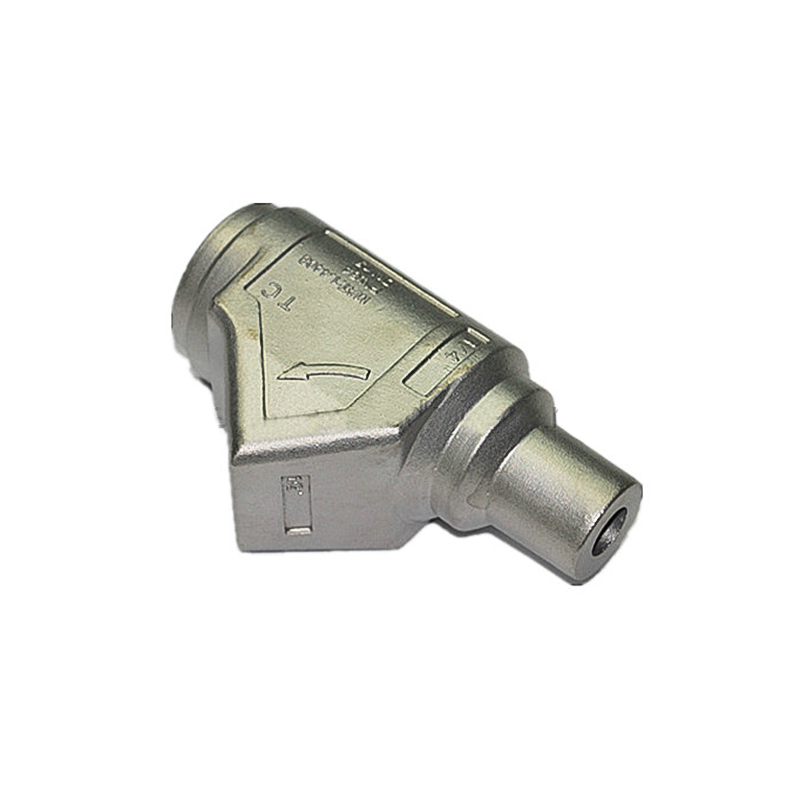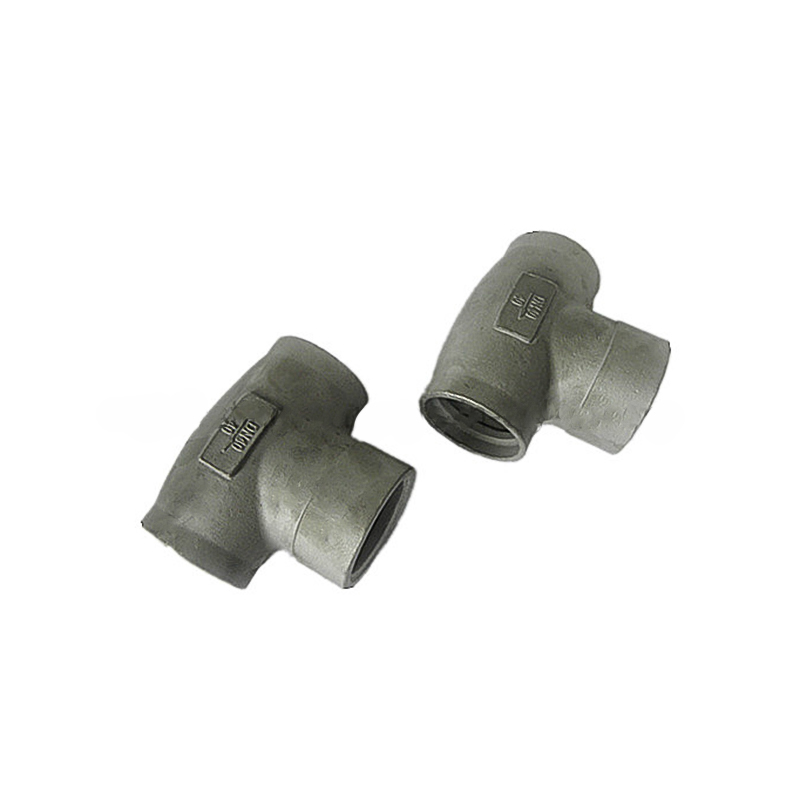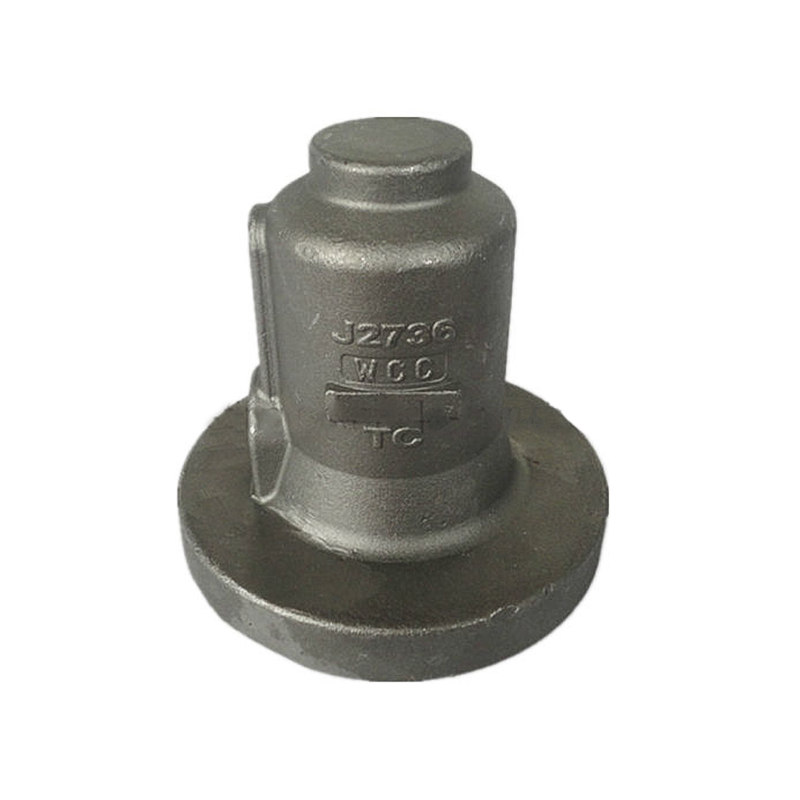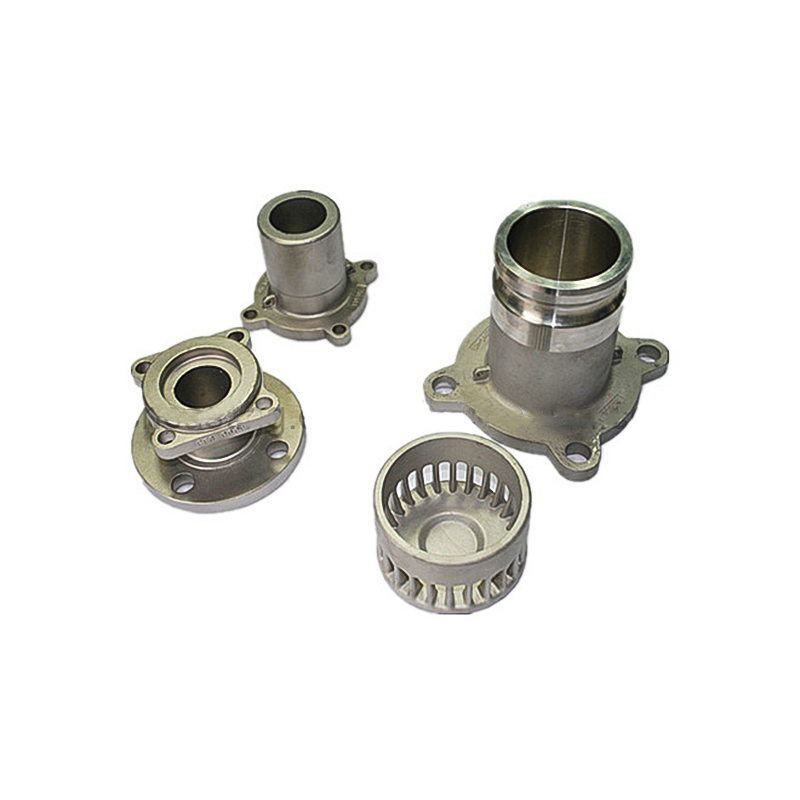From Farmland to Factory: The Critical Role of Agricultural Machinery Casting Parts in Every Process
Agriculture, a fundamental industry for human life, is evolving towards efficiency, precision, and intelligence with the growing global population and technological advancements. Agricultural machinery, a vital component of modern agriculture, plays a crucial role in improving production efficiency, reducing labor intensity, and lowering costs. Castings, the core components of these agricultural machinery, are crucial for ensuring their performance and durability.
Production Process and Material Selection for Agricultural Machinery Casting Parts
Agricultural machinery casting parts typically include structural components such as engine components, transmission systems, hydraulic systems, and frames. These castings are typically produced using processes such as sand casting and precision casting. Casting materials typically include high-strength alloy cast iron, cast steel, and aluminum alloys. These materials ensure the wear resistance and corrosion resistance of agricultural machinery in complex environments, ensuring long-term reliability.
1. Sand casting: This is the most commonly used casting method in the production of agricultural machinery casting parts. Molten metal is poured into a sand mold, and the casting is removed after cooling and solidification. This process is low-cost, suitable for large-scale production, and capable of producing relatively complex part shapes.
2. Precision Casting: Precision casting achieves higher precision and better surface quality, and is often used for critical components with high requirements, such as engines and hydraulic systems. Despite the higher cost, its high precision and stability enable agricultural machinery to maintain better performance under high loads.
3. Material Selection: The material selection of agricultural machinery casting parts is crucial, especially for those subjected to high loads and wear. For example, engine cylinders are generally made of cast iron, which offers excellent wear and corrosion resistance. For components that require lightweighting, aluminum alloy is the preferred material. Different operating conditions and requirements determine the material selection for different castings.
Application of Agricultural Machinery Casting Parts in Production
The design and manufacturing of agricultural machinery involves multiple stages, from component processing to complete machine assembly, and each stage is inseparable from the use of castings.
1. Engine System: The power system of agricultural machinery typically includes the engine, hydraulic pump, and transmission system. As one of the core components of agricultural machinery, the engine is typically composed of multiple castings, including the cylinder block, cylinder head, crankshaft, and piston. The quality of engine castings directly impacts the efficiency and durability of the machinery. For example, a cast iron cylinder block can withstand high temperatures and high pressures, ensuring stable engine operation.
2. Transmission System: The transmission system of agricultural machinery is composed of various castings, including gears and transmission housings. The wear resistance and fatigue resistance of these castings directly impact the efficiency and lifespan of the entire machinery. Transmission system stability is crucial to the reliability of agricultural machinery, especially in high-load operations such as plowing and seeding.
3. Hydraulic System: The hydraulic system in agricultural machinery controls power transmission and actuator operation. Critical components such as hydraulic pumps and cylinders are mostly manufactured using casting processes. Hydraulic system castings must possess high strength, wear resistance, and corrosion resistance to ensure long-term, stable operation of the hydraulic system.
4. Frame and Support System: The frame of agricultural machinery is the supporting structure of the entire machine, providing load-bearing and stability. Frame castings are typically made of cast steel or alloy cast iron, offering high strength and toughness. The quality of these castings directly determines the stability and service life of the machinery, especially under long-term, high-load operation.
The Critical Role of Agricultural Machinery Casting Parts in Operation
In agricultural production, agricultural machinery castings are more than just simple components; their quality and performance directly impact the performance and efficiency of the machinery.
1. Improving Machinery Durability: Agricultural machinery often faces harsh operating conditions in the fields, such as high temperatures, dust, mud, and corrosive chemicals. Castings, with their excellent wear and corrosion resistance, can effectively extend the service life of the machinery. For example, a cast iron engine block maintains excellent stability in high-temperature, high-pressure environments, resisting deformation or damage.
2. Enhancing Machinery's Load Capacity: Agricultural machinery often needs to withstand heavy loads during operations, such as plowing and hauling. Castings provide strong structural support, ensuring stable operation of machinery under load. For example, the transmission system and frame of agricultural tractors must withstand significant impact and pressure. Cast steel or cast iron effectively distributes and withstands these loads, reducing the risk of mechanical failure.
3. Improved Efficiency: Agricultural machinery castings must not only ensure durability but also operate efficiently. Precision casting processes enable the manufacture of key components with exceptional precision, ensuring smooth and efficient operation. For example, precision-cast hydraulic system parts can reduce leakage and pressure loss, improving the efficiency of the hydraulic system and, consequently, overall machine efficiency.
4. Reduced Maintenance Costs: High-quality castings can effectively reduce the frequency of agricultural machinery failures and lower repair costs due to component wear. Furthermore, the strength and durability of castings extend the life of machinery, reducing the frequency of component replacements and further reducing overall maintenance costs.
Innovation and Future Development of Agricultural Machinery Casting Parts
With the modernization and intelligentization of agricultural production, agricultural machinery castings are constantly facing new challenges. To meet increasingly demanding working environments and operational requirements, agricultural machinery casting parts are developing towards higher strength, lighter weight, and more environmentally friendly designs.
1. Lightweight: With the increasing demand for fuel efficiency and operational efficiency in agricultural machinery, lightweight design has become a key trend. Lightweight materials such as aluminum alloys are increasingly becoming a primary material for agricultural machinery casting parts. By using high-strength aluminum alloy castings, agricultural machinery not only reduces weight and improves fuel efficiency, but also reduces soil compaction and improves operational efficiency.
2. Intelligence: With the development of smart agriculture technology, agricultural machinery increasingly relies on automation and remote control. Intelligent agricultural machinery casting parts require not only the durability of traditional castings but also higher sensing performance and response speed. For example, castings for intelligent hydraulic and power systems can use sensors to provide real-time feedback on machine status, helping farmers precisely control machine performance.
3. Environmentally friendly material application: Environmental protection requirements and sustainable development have become key development trends in the global manufacturing industry. The production of agricultural machinery casting parts is also gradually adopting more environmentally friendly materials and processes. For example, the use of recyclable materials and green casting processes can reduce environmental pollution during the production process, which meets the needs of sustainable development of modern agriculture.



 English
English Deutsch
Deutsch 简体中文
简体中文
